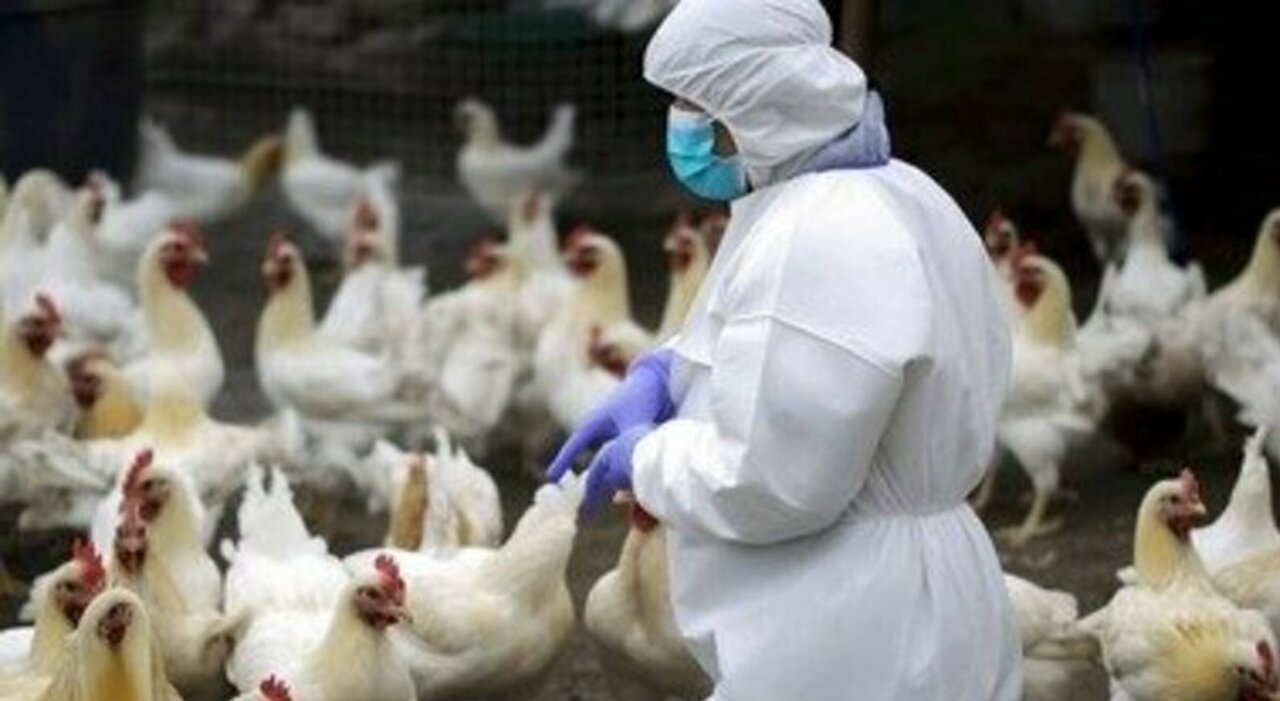Will man no longer experience the nightmare of recent decades known as avian flu? According to the latest published study, yes. Avian influenza is the infection sustained by an influenza virus which generally affects birds and which, under particular contact conditions, can be transmitted from infected birds to humans.
FURTHER INFORMATION
The scientists they discovered one key defense which blocks almost all bird flu when they try to invade our body.
These viruses have been the protagonists of four pandemics since 1918 that have killed millions of people.
I study
The research, led by the University of Glasgow, has shown that these pandemics and normal winter flus have developed ways around this ‘powerful barrier’. The team believes that we will soon be able to predict which of the influenzas currently present in birds poses the greatest risk. Scientists have studied spillover events. These are the times when a person gets an infection from an animal.
Researchers have discovered a section of our genetic code – our DNA – that gets activated in response to an infection. It’s called BTN3A3 (although the researchers admit that the name may have changed, ed.). The data, published in the journal Nature, showed that BTN3A3 is activated in the nose, throat and lungs and that it reduces the replication capacity of avian diseases. Researcher Rute Maria Pinto said that “nearly all” avian infections are unable to bypass this protection, so “they are normally blocked by this protection.” She added: “The vast majority of human viruses, and in fact all pandemic viruses thus far, have resistance to BTN3A3 and therefore overcome this block and become infected.”
Cats infected with flu, alarm in Poland: the source of the infection is unknown. “Keep the pets at home”
Researchers have shown that a form of bird flu called H7N9 developed higher levels of resistance to BTN3A3 in 2011 and 2012, before the first human cases emerged in 2013. Evolving ways around BTN3A3 is one step what a bird flu can do to successfully infect us.
The researchers’ vision is to routinely analyze – or sequence – the genetic code of influenzas currently circulating in birds, identify dangerous ones and deal with them.
The professor. Massimo Palmarini, director of the Glasgow Virus Research Centre, told me: ‘In the not too distant future we will be able to put all the pieces of the puzzle together. From a sequence of a virus, we will be able to say that it has a 90% chance of being transmitted to humans».
— Laura Miers (@LauraMiers) June 26, 2023
At that point, targeted measures can be introduced to control viruses that have a high risk of passing to humans.
